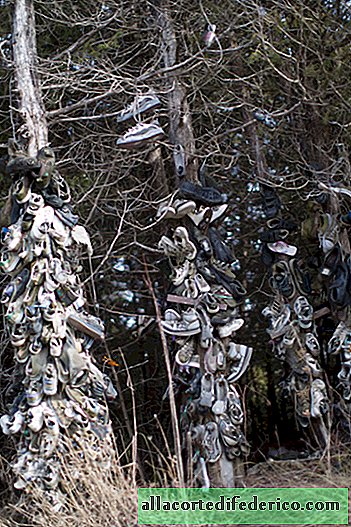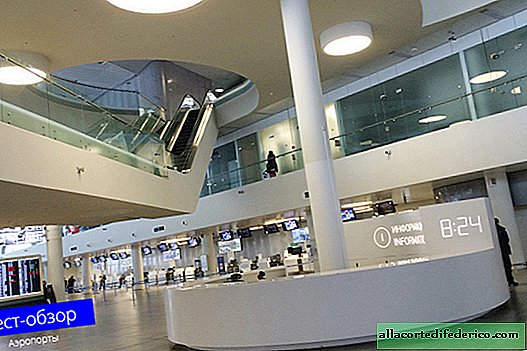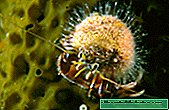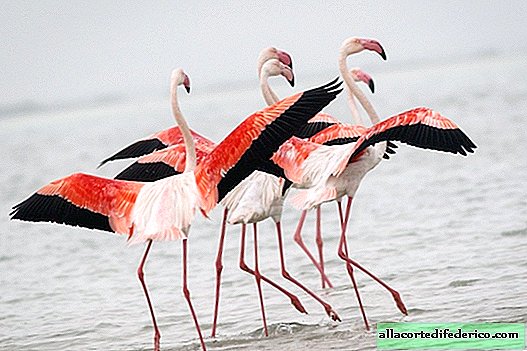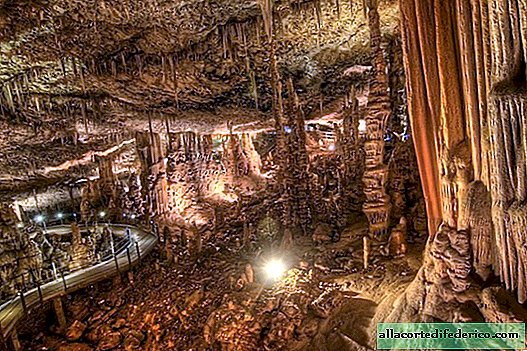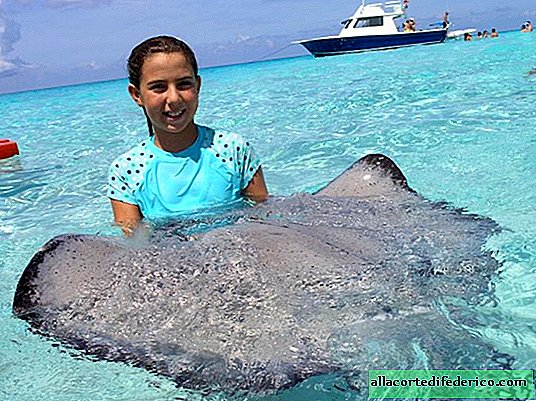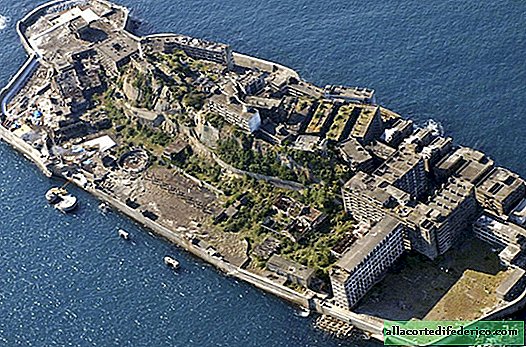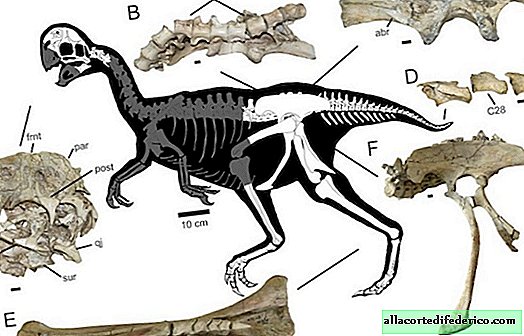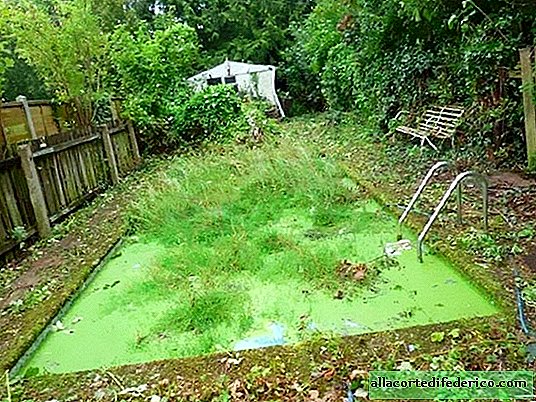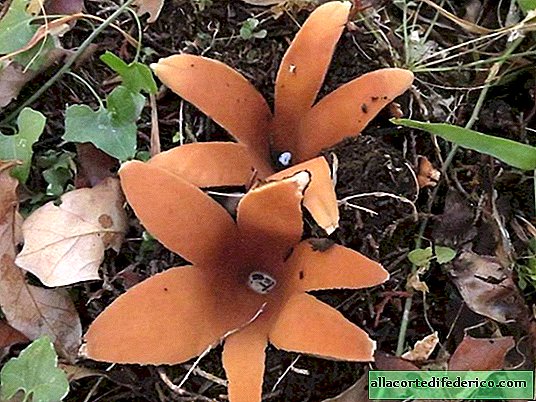Fog Catchers: How to Get Water from the Air

"Fishers" - so engineers called their offspring. Such a necessary and yet simple invention is based on the principle of condensation. People borrowed the idea of this installation from nature. Scientists have noticed that pine needles and sequoias growing in arid arid areas condense moisture from the surrounding air on their surface. Drops hang on the needles, and then flow to the ground, moistening dry soil. The "fog catchers" work in the same way. A thin mesh collects moisture, which flows into special reservoirs fixed at the base of the structure. If necessary, water flows down the pipes where the settlements are located.

The technology for obtaining water from fog was developed back in the 70-80s of the last century. But widespread only in the last decade. Today, "fog catchers" are located in many arid regions of the planet. They supply people with water in the highlands of the Andes, in Western Sahara and in South Africa. One of the largest installations is in Morocco. Here, at an altitude of 1200 meters, the "fog catchers" collect about 6,000 liters of water per day. This is enough to provide 500 people who live in the surrounding villages. But how is it possible to extract so much moisture from desert air? The fact is that these installations are located on the path of movement of moist ocean air. This area of Morocco is located off the Atlantic coast. The air masses that form over the ocean are saturated with moisture and, falling onto land, form fog, the drops of which are captured by the rescue installation. The Atacama Desert in Chile also has many similar devices. This place is the driest on Earth, but people live here. And they all need water for drinking, household needs and watering plants. In the capital of Peru - the city of Lima - water is delivered from high mountain lakes, because there is almost no rain on this territory. But residents of the capital's suburbs, whose houses are not connected to the central water supply system, are experiencing great difficulties due to the very expensive imported water. The “fog catchers” recently established in these areas have significantly improved the quality of life of people.
Technology continues to be improved, engineers are working on creating models that are more resistant to wind loads. And while the “fog catchers” collect precious moisture drop by drop, the lives of people in these desert regions will be a little easier.


